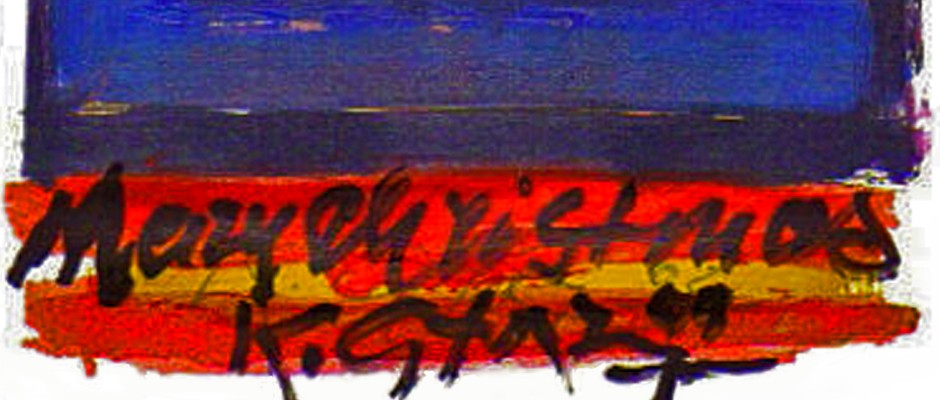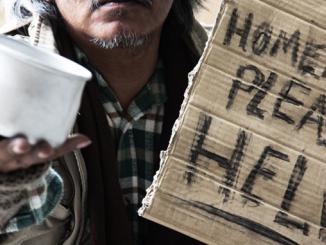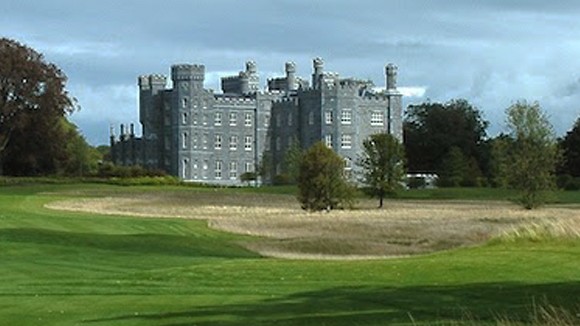
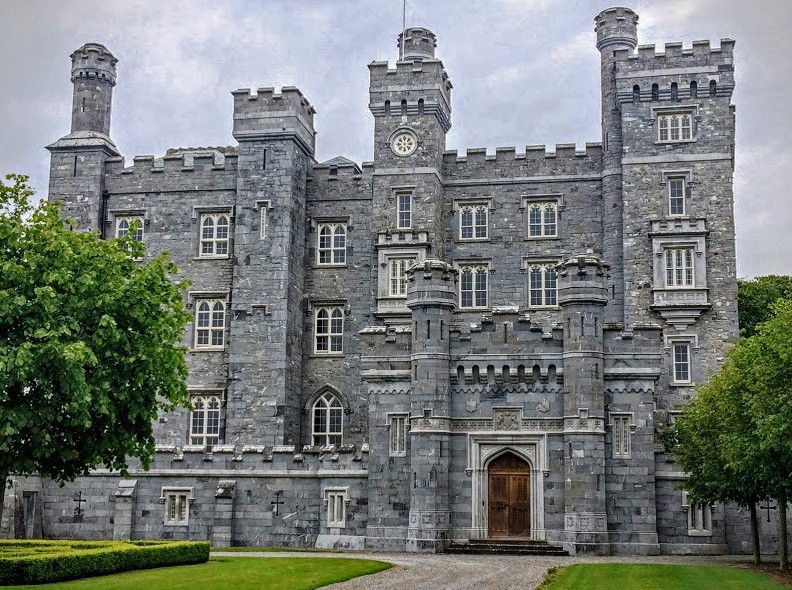
Miałem kiedyś bliskiego przyjaciela Irlandczyka. Nazywał się Eddie Plunket. Poznaliśmy się w Vence, bo jako artysta malarz mieszkał tam razem ze swoją żoną Glorią, która była z Toronto. Pochodził ze starej arystokratycznej rodziny lordów Dunzane. Jego dziadek był znanym poetą i posiadał gotycki zamek z XII wieku. Eddie odziedziczył zamek i obiecał mi w nim 3 pokoje, jeżeli tylko dojadę do nich na stałe. Odkładałem dość długo z moim wyjazdem i niestety, nie zdążyłem, bo Eddie umarł nagle kilka lat temu.
Oliver Plunket byl znanym w XIV wieku biskupem i buntował mieszkańców przeciwko Anglikom, za co dyplomacja brytyjska utrudniała przez wieki jego kanonizację. Dopiero w ostatnich latach Watykan ogłosił go świętym. Gloria, mimo innej religii, była u św Piotra na uroczystościach i mocno to razem przeżywali. To ona zaproponowała, żeby Eddie, mimo, ze był artystą abstrakcyjnym, namalował tysiąc portretów świętego Olivera i zrobiła na tym duże pieniądze. Eddie był oburzony i z tego, jak i z innych zapewne powodów, postanowili się rozwieść. Pojechał do Las Vegas, bo tam można było przeprowadzić rozwód w miarę szybko. Gloria zażądała ogromnych pieniędzy za zgodę i do pokojowego rozejścia się nie doszło.
Trwało to parę lat. Eddie ożenił się potem drugi raz z dawną znajomą i mają syna, który obecnie odziedziczył tytuł 59 barona i lorda Dunsany i dwunastowieczny zamek w miejscowości Dunsany, niedaleko Dublina. Boję się, że straciłem mój przywilej do zamkowych pokoi i nie mogę cię tam zaprosić, kiedy będziesz w Irlandii.
.
Kazimierz Głaz, Toronto, 5 VI 2016
.
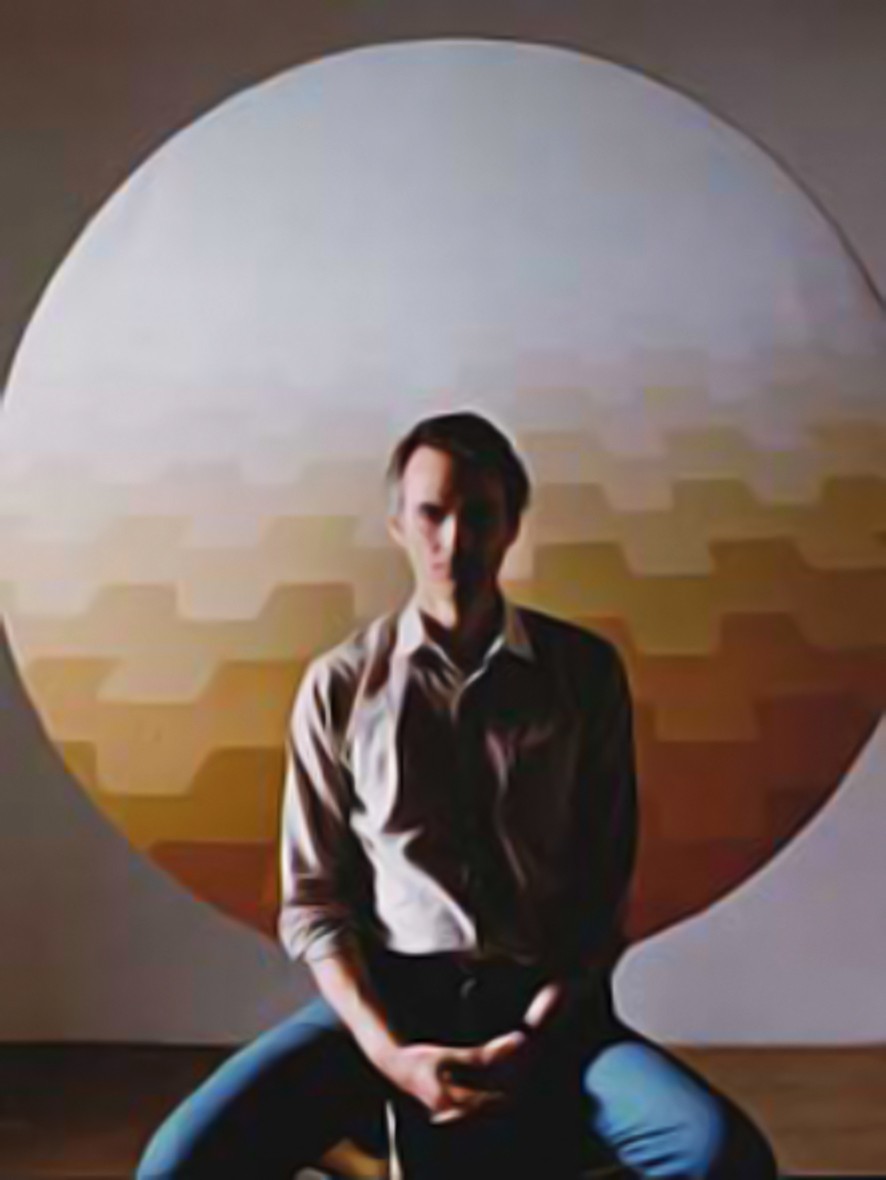
Lord Dunsany
The 20th Lord Dunsany, who died on May 24 aged 71, was better known in artistic circles as the painter and designer Edward Carlos Plunkett, and was held in high esteem by, among others, Balthus and Eduardo Paolozzi.
A shy, cultured, extremely good-looking man, Eddie Plunkett was well known in Ireland as a portrait painter (his sitters included the former Taoiseachs Charles Haughey and John Bruton). Further afield he was better known as a painter of geometrical abstractions with perspective — restrained, cerebral, architectural works which won a substantial international following, particularly in Italy, where he had a studio for many years, and Brazil, where he had lived as a child.
Lord Dunsany, also known as Edward Plunkett
Edward John Carlos Plunkett was born in Dublin on September 10 1939, the eldest son of Randal Plunkett (later the 19th Lord Dunsany), who was promoted to the rank of lieutenant-colonel in the Indian Cavalry and was decorated for his service on the North-West Frontier in 1930. His mother, Vera de Sa Sottomaior, was Randal Plunkett’s Brazilian-born first wife.
The Plunketts were Anglo-Normans who arrived in Ireland in the 12th century, settling at Beaulieu in Co Louth and later establishing branches in Killeen and Dunsany in Co Meath. The barony of Dunsany is one of the oldest Irish titles, created by summons in 1439 under Henry VI and documentary form later under Edward IV; a major branch of the family has lived in Dunsany Castle for more than 550 years. Notable family members include the saint, Oliver Plunkett, a 17th-century Roman Catholic Archbishop of Armagh who was hanged, drawn and quartered at Tyburn in 1681, becoming the last Roman Catholic martyr in England.
Despite his illustrious ancestry, as a young child Edward knew little of Ireland. He did not speak English until he was about seven, his mother having taken him to Brazil while his father was away in the Army, causing a long-lasting estrangement between father and son.
The couple divorced in 1947 and both remarried, Edward’s mother to the Brazil-based Sir Walter Pretyman, with whom she had two more sons, and his father to the Welsh heiress, Sheila Philipps, of Picton Castle, with whom he had a daughter.
After his parents’ divorce, Edward was raised by his paternal grandparents. His grandfather, Edward Plunkett, the 18th Lord Dunsany, was a well-known dramatist and fantasy fiction writer of the early years of the last century (best known these days as the author of My Talks with Dean Spanley (1936), a wistful, comic tale of canine reincarnation which has recently been adapted into a film). As well as being a writer, Lord Dunsany was a passionate country sportsman, riding to hounds nearly every day of the week. Sometimes, over lunch, he was known to take out his gun and shoot wasps hovering over the champagne bottles.
Edward grew up at his grandparents’ homes at Shoreham in Kent and Dunsany Castle, and was educated at Eton and the Slade School of Fine Art, where he showed himself a brilliant draughtsman. He also attended the Ecole des Beaux-Arts in Paris.
For most of the 1960s and 1970s he had a studio in Rome, where he built up a substantial following for his geometrical abstractions. But the trajectory of his career was interrupted in the late 1970s by the messy break-up of a relationship which resulted in the destruction of many of his pictures. Subsequently he moved to New York, where he met and married the architect Marie Alice de Marsillac, a descendant of the explorer Vasco Da Gama and of Alves Cabral, the founder of Brazil.
His marriage and the move to New York marked a new stage in his career. He gave up painting to work as a designer, and in the early 1980s he and his wife co-founded de Marsillac Plunkett, a New York-based partnership for which he provided design elements for his wife’s architectural work and created items ranging from scent bottles to furniture.
But in the 1990s he returned to his first love — painting. In the early years of the decade he had a studio in London, and in 1994 he moved to Dunsany Castle, succeeding to the title on the death of his father in 1999.
At Dunsany Castle, he and his wife were generous hosts to a wide circle of friends from around the world. Lady Dunsany oversaw a major refurbishment of the castle, turning the ground floor into a gallery of her husband’s work.
After developing cerebral palsy a few years ago, Lord Dunsany had to lay down his palette. He was cared for devotedly until his death by his wife and their two sons.
https://www.telegraph.co.uk/news/obituaries/8575899/Lord-Dunsany.html

